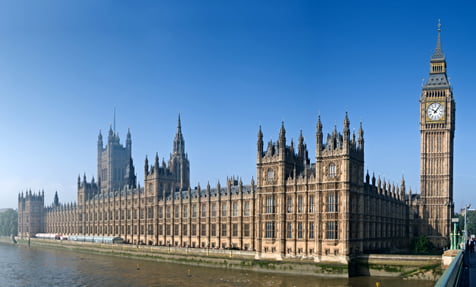Find a Grave in the UK
To search for a grave in the UK, you can start by contacting the cemetery or burial ground where the person is buried. They may have records that can assist you in locating the grave. You can also try searching online for cemetery records or genealogy websites that specialize in UK burials. Another option is to visit the cemetery in person and look for the grave or ask staff for assistance. It’s important to know some basic information when performing your research, such as; their full name, their date or birth or death, relatives and where they lived. There are a multitude of people in the UK with the same first and last name so it’s important to have additional information to help guide you to the correct grave for the correct person.
Types of Gravesites in the UK
There are several types of gravesites in the UK:
- Lawn Graves: A lawn gravesite is a type of burial ground where graves are marked with flat headstones set into the grass.
- Garden Graves: A garden gravesite is similar to a lawn cemetery, but it also includes trees, shrubs, and flowers.
- Woodland Graves: A woodland cemetery is a gravesite that is set in a natural woodland environment.
- Traditional Graves: A traditional gravesite is are located in traditional cemeteries, with graves marked with monuments and headstones.
- Natural Gravesites: These natural burial grounds are a type of gravesite that is designed to have a minimal impact on the environment. The graves are often shallow and unmarked, and the cemetery is maintained as a nature reserve.
- Crematorium: A crematorium is a place where the deceased is cremated and the ashes are interred in an urn or scattered in a designated area.
These are some of the most common types of gravesites in the UK, but there may be others as well.
UK Royalty Gravesites
UK Royalty has been laid to rest in various places in the England such as churches, chapels, and abbeys across the United Kingdom. Some of the most notable gravesites for royalty in the UK are:
- St. George’s Chapel, Windsor Castle: St. George’s Chapel is also the burial place of several monarchs, including King Henry VIII and King George VI.
- Westminster Abbey, London: Westminster Abbey is the final resting Queen Elizabeth I and King Edward III.
- St. Peter’s Ad Vincula Chapel, Tower of London: The Tower of London’s St. Peter’s Ad Vincula Chapel is the burial place of many executed monarchs, that include King Henry VIII’s second wife, Anne Boleyn.
- Frogmore Mausoleum, Windsor: The Frogmore Mausoleum is the final resting place of Queen Victoria and Prince Albert.
- Royal Burial Ground, Frogmore: The Royal Burial Gro und at Frogmore is the final resting place of many members of the royal family, including Princess Alice and Princess Louise.
- Queen Elizabeth II was buried in King George VI Memorial Chapel at Windsor Castle. This is her final resting place.
UK War Graves
There are a multitude of war graves and memorials to commemorate the sacrifices of its service personnel who died in conflicts throughout the world. The Commonwealth War Graves Commission (CWGC) commemorates the 1.7 million Commonwealth military that died during World War 1 and World War 2. It operates in more than 150 countries and accounts for over 200,000 war graves and memorials.
Many UK war graves can be found in cemeteries, churchyards and on the battlefields themselves. Some of the most well-known gravesites include the Thiepval Memorial in France, that honors the missing British and South African soldiers from the Battle of the Somme, and the Tyne Cot Cemetery in Belgium, which is the largest Commonwealth War Graves Commission cemetery in the entire world.
The CWGC also maintains memorials, in addition to UK war graves, for to those who died and are missing or those without a gravesite, such as the Menin Gate Memorial in Belgium and the Memorial to the Missing of the Somme in France.
These war graves and memorials are a lasting tribute to people who have died serving their country. These are all powerful reminders of war and conflict and the devastation they cause to human life and society.
Advertising Disclosure: This post may contain promotional links. publicrecordsearch.co.uk may be compensated if you use these links.


